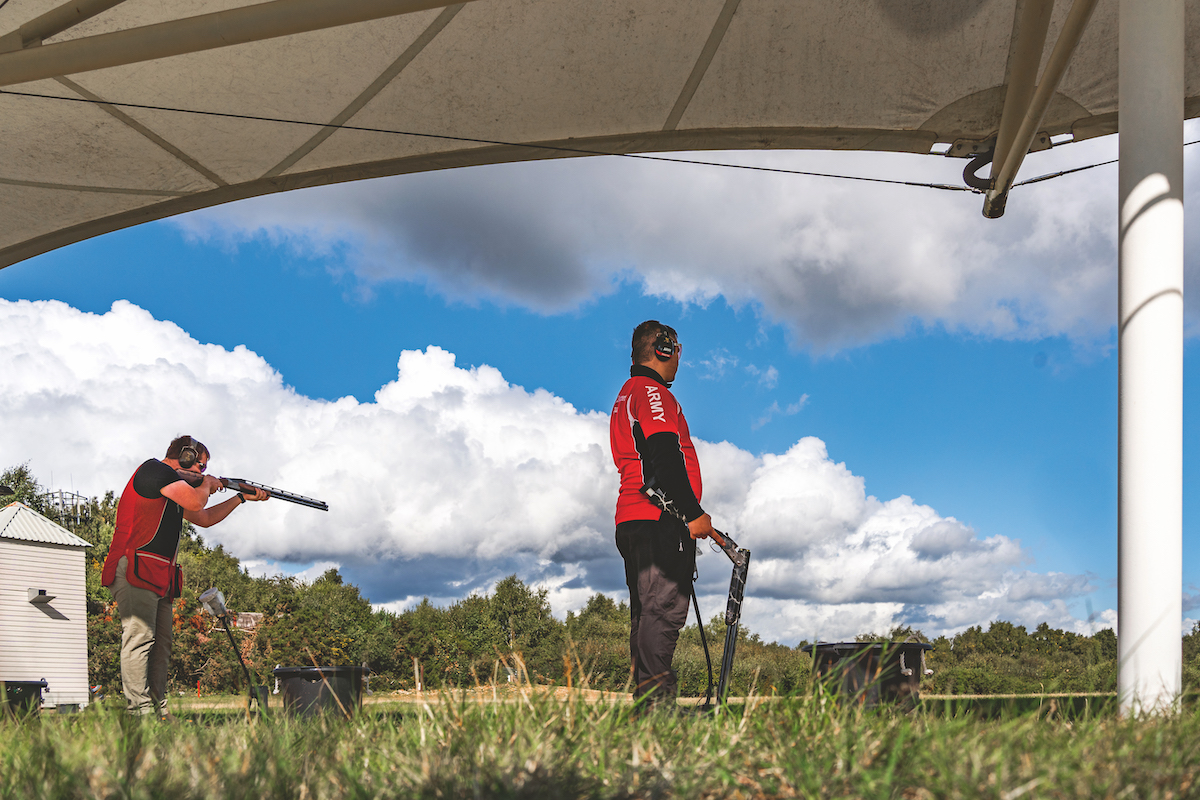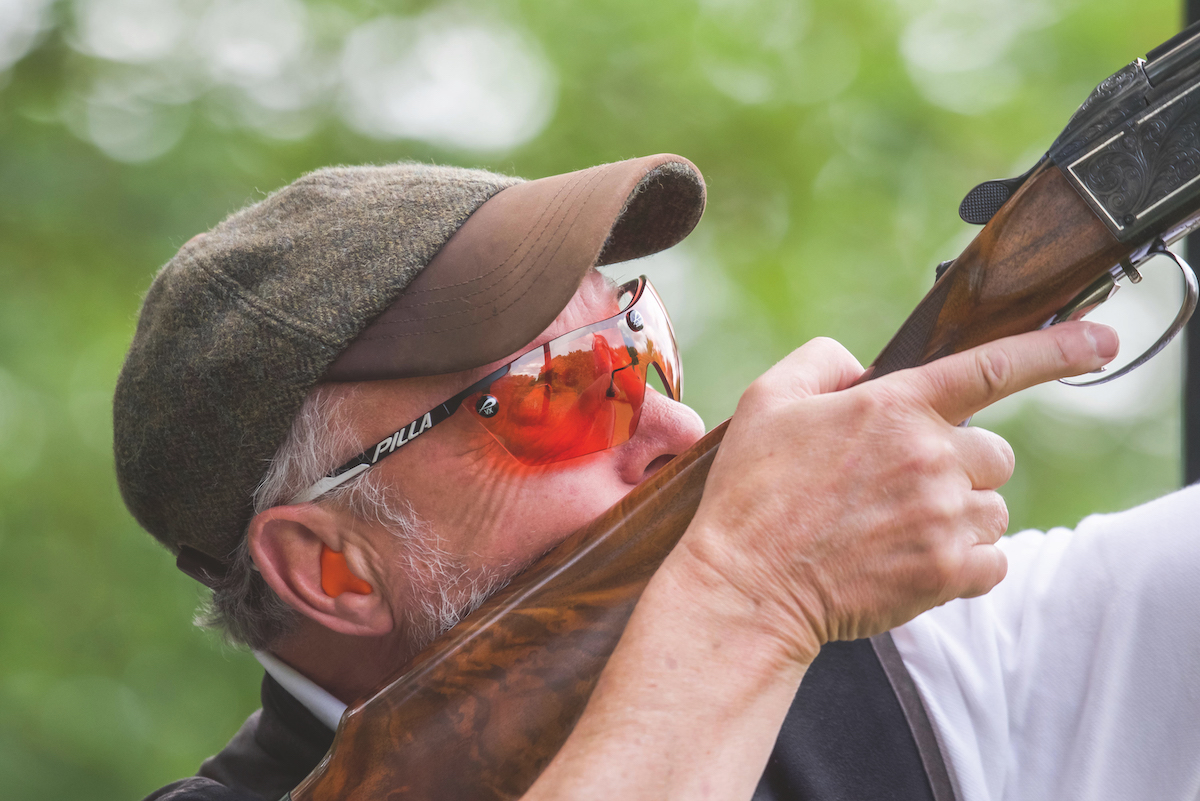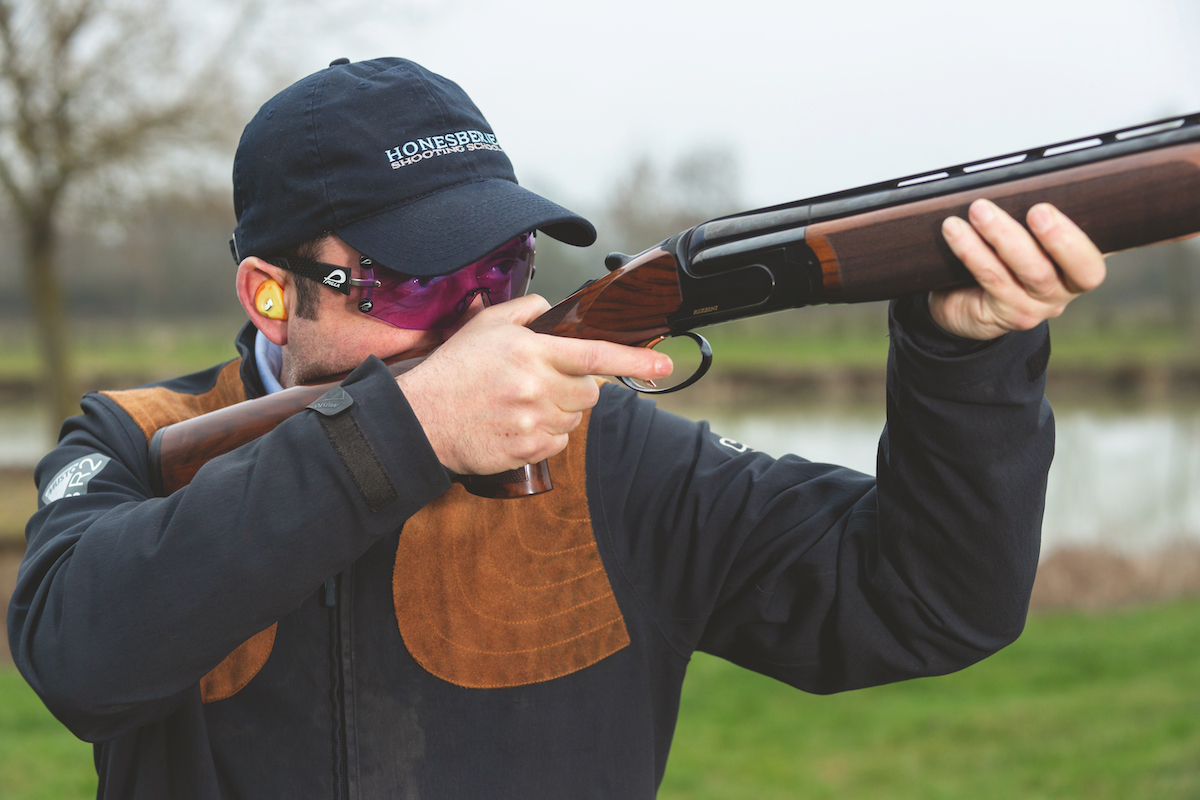Importance of the stop whistle

A gundog that makes fast, stylish, retrieves can’t help but draw admiring glances from other shooters.
Watching a dog pick the game cleanly, come directly back to the handler and deliver straight to hand, is a joy to behold and something most owners try to achieve.
For a lot of gundog owners the problem comes in actually getting their dog to speed up a little! While there’s nothing wrong with a ‘plodder’, it’s always nice to see a dog turning up the pace a bit. That said, you can come across gundogs from time to time that take things too far?
Over the top
The other week a client turned up at my kennels with a keen retriever that was exceptionally fast over the ground.
After being sent for a retrieve he would hurtle back at lightning speed and leap at the handler from a distance – catching him squarely in the chest and putting him on his back in the process!
This is unacceptable in a dog and potentially very dangerous if the owner is carrying a gun at the time.
I’m not really sure what causes this particular trait, but I suspect it stems from one of two possibilities. The first is that, to obtain a good delivery, the owner has encouraged the youngster in early training to jump up with the retrieve. Generally speaking, I would not condemn this sort of ploy in the case of a young dog that’s a shy deliverer, but it’s something you should not allow to carry on into adulthood.
Second (and it’s not as daft it sounds) it could simply be the dog cannot judge distance very well. The only way it feels it can stop when it gets close to the handler on the return is to bounce off him with its feet – I have seen some dogs do this in confined areas when they’re excited.
So how do you stop it happening?
In my client’s case I decided the best course of action was to enforce the stop whistle 100% both on the out run, and the return. It didn’t help matters that this dog was really slack on the stop whistle ? I would go as far as to say it was virtually non-existent. It turned out this slackness came about because the owner was using an overlong, continuous blast on the whistle to try and stop the dog. The effect of this was to give the dog far too much time in deciding when to stop – especially if it was running flat out at the time.
To get the desired response of an instant stop wasn’t an easy job with this particular dog and it took time before the penny dropped. In fairness, this wasn’t really the dog’s fault; it’s simply that the dog had been incorrectly schooled in the first place.
I got the re-training underway by starting with the dog on the lead, insisting on an instant sit as soon as I gave a short blast on the whistle. The next step was to let the dog sniff and mooch around off the lead. However, when I blew the whistle I demanded an instant sit. At this point in the training it’s important to ask for the sit when the dog is not too far away and/or rushing and tearing about.
When this stage is complete you can then sit the dog and back away for a short distance. The dog can now be called and stopped on the whistle when it gets halfway back to you. Always remember that instant responses are the name of the game here and need to be demanded. Then I reversed the situation by sending the dog away as if it were going on a blind retrieve, but then insisting on an immediate stop.
The next step was gradual and took quite a while. I simply had to keep calling the dog back, letting it get closer each time before using the stop whistle to make him sit.
I then introduced a short retrieve to the proceedings and on the return blew the stop whistle when the dog was only three or four yards in front, insisting he sat immediately. When this happened I walked forward and took the retrieve.
Over a period of several days I gradually extended the distance of the retrieve which meant, obviously, the dog had more space in which to speed up on its return. It was now more important than ever when he got a short distance away to insist he stopped the instant he heard the whistle blow. Again, I walked forward to accept the retrieve. Gradually the dog was allowed to come in closer with each retrieve before being stopped. Perseverance finally paid off, and I was eventually able to allow him right up to me before blowing the stop whistle.
The ‘softie’ approach
The dog described here had a fairly bold nature and responded well to the chosen training regime, but if it had been a softer sort I would have reverted to my old faithful tried-and-tested method to ensure he wasn’t put off returning altogether.
With this approach you turn and walk briskly away in the opposite direction as soon as the dog picks the retrieve, commanding it to heel when he gets to within five or six yards behind. You then carry on walking with the dog to heel, holding the retrieve. The moment you stop walking the dog should sit and let you take the delivery.








